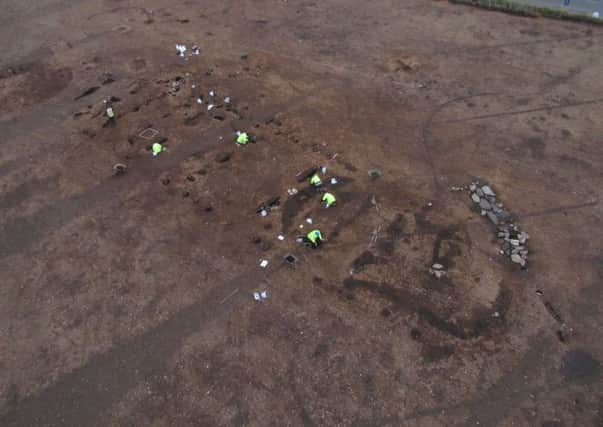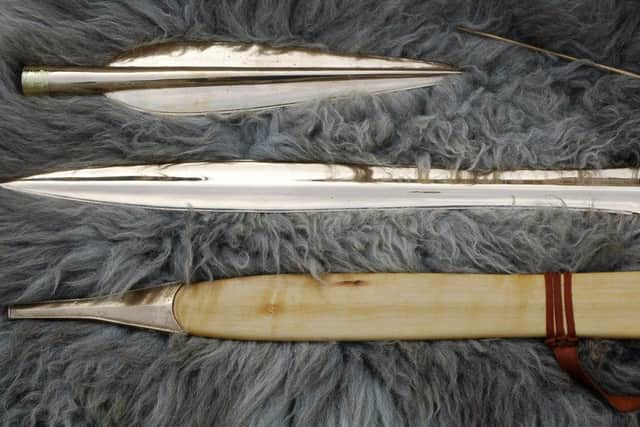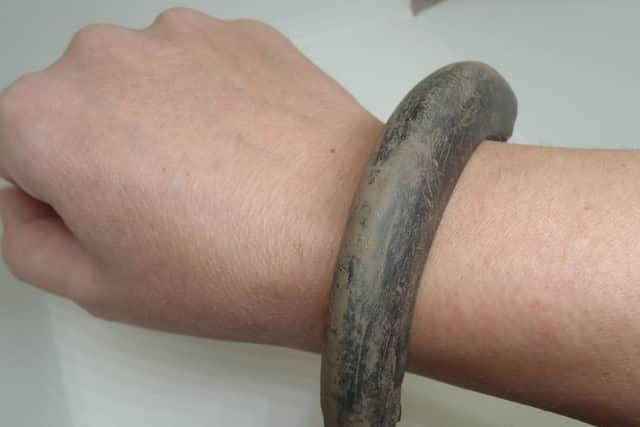Britain’s largest Neolithic house ‘built in Scotland’


Two halls which were used as houses and likely home to large numbers of people have been discovered in Carnoustie, Angus.
The site is far larger and older than previously thought with archaeological work shedding new light on some of Scotland’s earliest communities.
Advertisement
Hide AdAdvertisement
Hide AdAnalysis shows food was processed and consumed in the halls with pottery made and used there.


It is possible that animals were also kept in part of the building.
The larger of the two halls is the largest Neolithic hall ever found in Britain and is now known to date to 4,000BC.
Ronan Toolis, commercial director of GUARD Archaeology, which is leading the research, said: “The larger of the Neolithic halls at Carnoustie is the largest ever found in Scotland, and indeed the rest of Britain.


“The radiocarbon dates now demonstrate it was perhaps the smaller of the halls that was more significant though because it was occupied for longer.
“They also demonstrate the two Neolithic halls lay within a much bigger settlement area. Even more unusual is the fact the two halls were initially contemporary with each other.
“This new evidence demonstrates the Carnoustie Neolithic settlement was much larger and more complex than most other Neolithic settlements that have been found elsewhere in Britain and may shed important light upon one of the earliest farming communities in Scotland.”
Radiocarbon testing carried out during the excavation, which took place over 2016 and 2017, also confirmed the site contained a village that was built later than the halls.
Advertisement
Hide AdAdvertisement
Hide AdThat was built around 1,000BC which chimes with the dates of a Late Bronze Age hoard found in the area.
Mr Toolis said archaeologists were working with 100 radiocarbon dates taken from charcoal recovered from across the site.
THe information gives greaters understanding as to when different parts of the settlement were in use.
Evidence of several smaller round houses was found along with the remains of the halls.
Mr Toolis added: “The two large halls are Neolithic and were occupied at the same time, during the first half of the fourth millennium BC.
“The larger of the halls appears to have become disused around 3500 BC but the smaller hall seems to have continued to be occupied until perhaps around 3000 BC.
“Lots of the smaller structures and pits found around these two buildings also yielded radiocarbon dates from the same period.”
A major find from the site was a spearhead decorated with gold as well as a bronze sword and wooden sword sheath, which is believed to be the best preserved late Bronze Age scabbard in Britain.
Jewellery, including part of a bangle, was also found.
